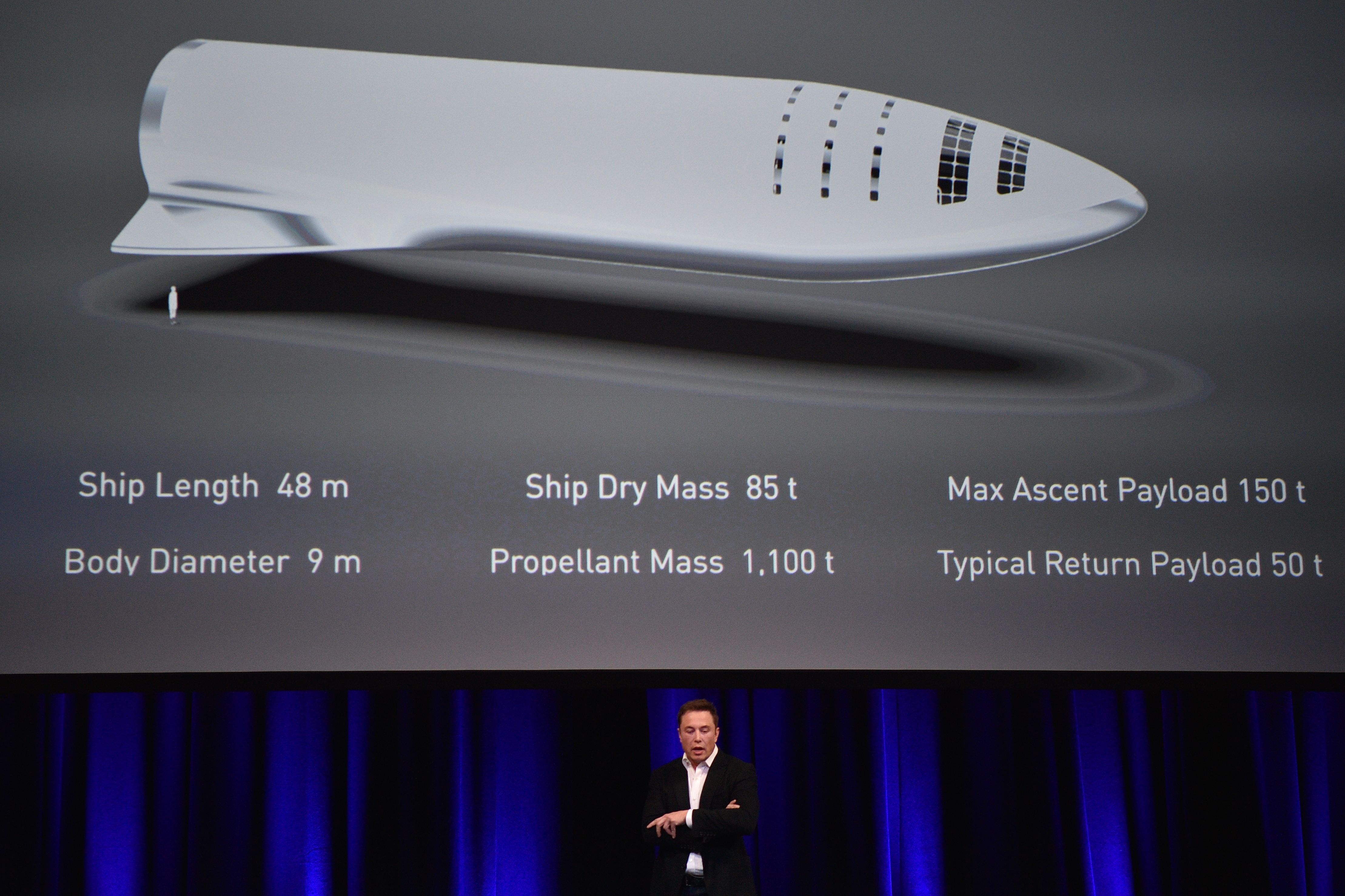In the search for fundamental truths in our Universe, one of the biggest questions, “are space and time continuous or discrete,” remains unanswered.



What would you do if you were a 19-year-old kid with $3.3 million? There are few people more equipped to answer that than teenaged bitcoin millionaire Erik Finman. His answer? You use some of that cash to build a Doctor Octopus-style exosuit and try and shake up the education system.
Artificial fingers for doing everything naturally.

This flying camera drone will put your selfie skills to shame. Buy it here: https://amzn.to/2xvPgDp
Could this device produce unlimited clean energy?
